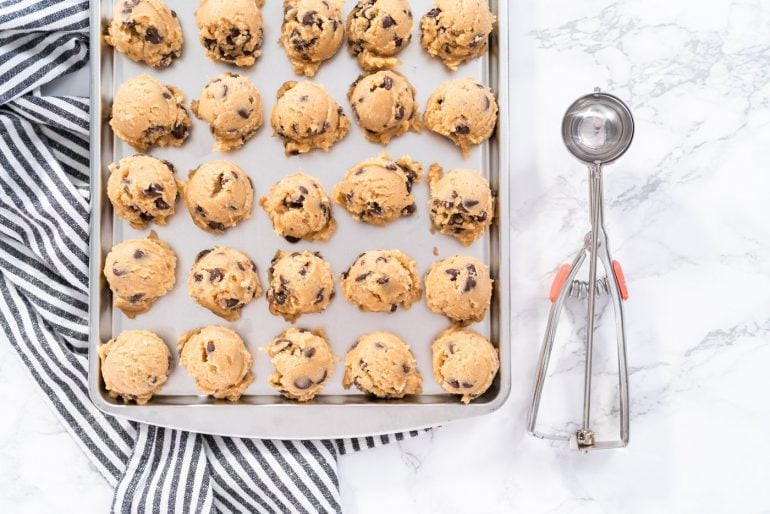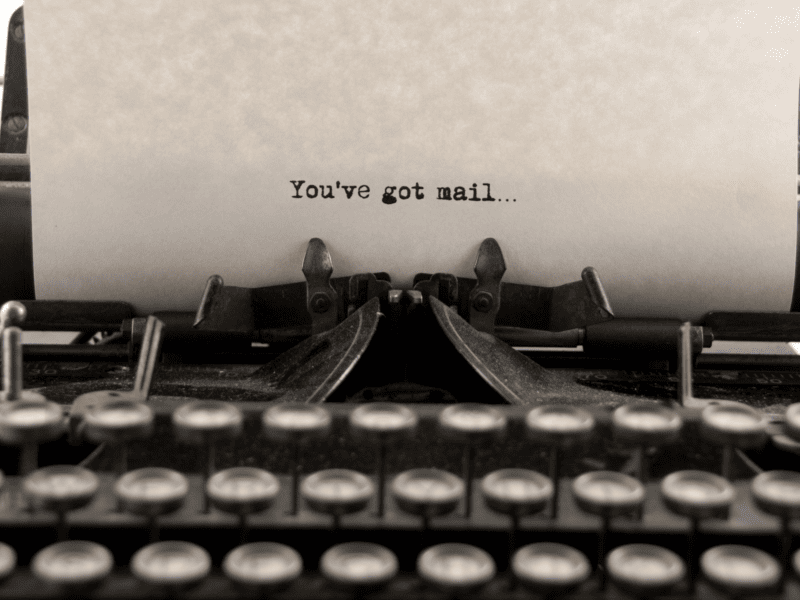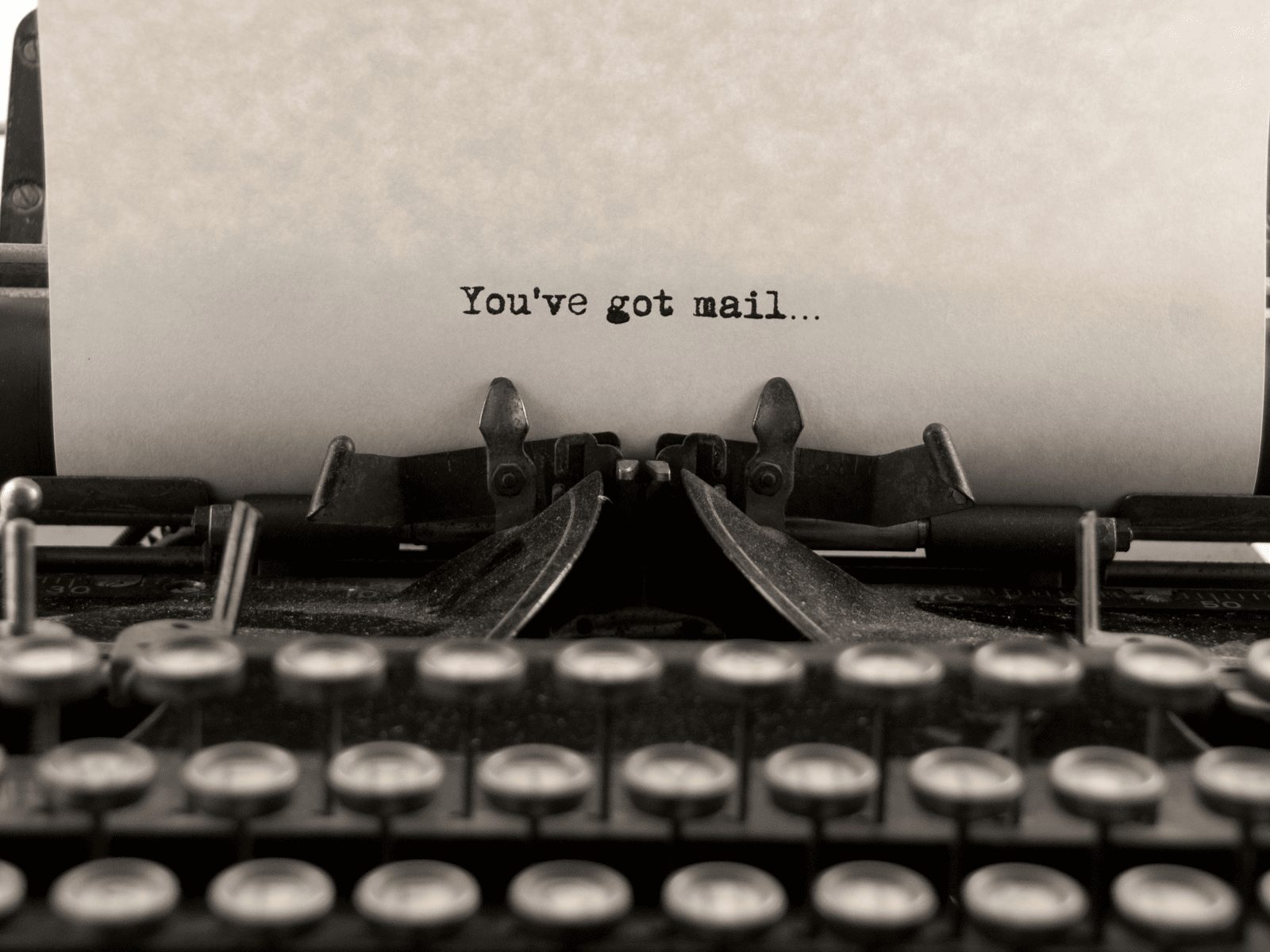You always hear, “don’t eat raw cookie dough” — but most people do it anyway.
So what’s the big problem? Is raw cookie dough dangerous? It sure didn’t seem like it was back in the 80s.
So, can you really get food poisoning from cookie dough?
Seems like a silly question. You probably licked the beaters and scraped off the spoon and nibbled the dough when you were a kid, and hey — you lived to tell the tale.
Alas, things have changed. We’re not talking just about our awareness of foodborne bacteria — especially Salmonella enteritidis (aka SE, a type of bacteria found in shell eggs) — but also that those little pests are in some ways more prevalent and harder to defeat than before.
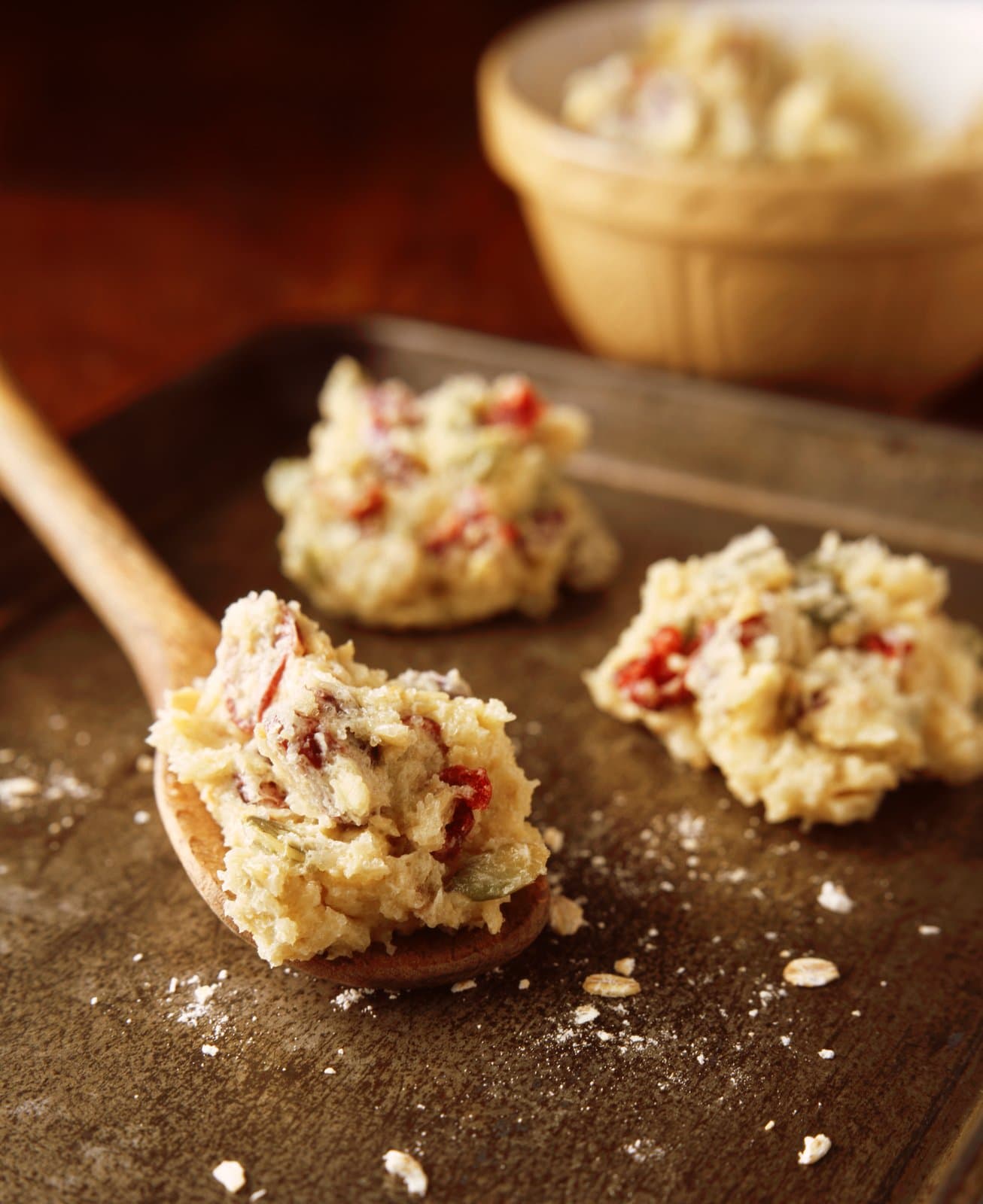
This isn’t your mama’s cookie dough anymore
In the past, the main way salmonella was transmitted through eggs was by infected chicken droppings getting on to eggshells, or even through the tinest of cracks in the eggs. However, the Centers for Disease Control says that during the 1970s, new procedures for cleaning and inspecting eggs were implemented, which minimized this risk.
Unfortunately, that’s not the end of the story. Starting in the 1980s, eggs started to be infected directly from the hen while they were being formed — meaning that perfectly clean, uncracked eggs could be dangerous, too.
The CDC says, “SE infection is present in hens in most areas in the United States. An estimated one in 20,000 eggs is internally contaminated. Only a small number of hens might be infected at any given time, and an infected hen can lay many normal eggs while only occasionally laying eggs contaminated with SE.”
The cure, however, is a simple one: Practice safe egg.
Egg smarts for your cookie dough (and beyond)
The FDA offers these egg-handling tips:
Use only eggs that are Grade A or better. Throw away eggs that are cracked (even slightly) or are leaking.
Leave eggs in their original carton, and store them in the main section of the refrigerator — not the egg section in the door, because they will stay cooler on the inside of the fridge.
ALSO SEE: Cute & colorful classic Christmas cookie recipes
Never leave eggs or egg-containing foods at room temperature for more than two hours, including preparation and serving (but not cooking) times.
Wash your hands with hot, soapy water, and wash and sanitize utensils, equipment (such as beaters and blenders), and work areas before and after they come in contact with eggs and uncooked egg-rich foods.
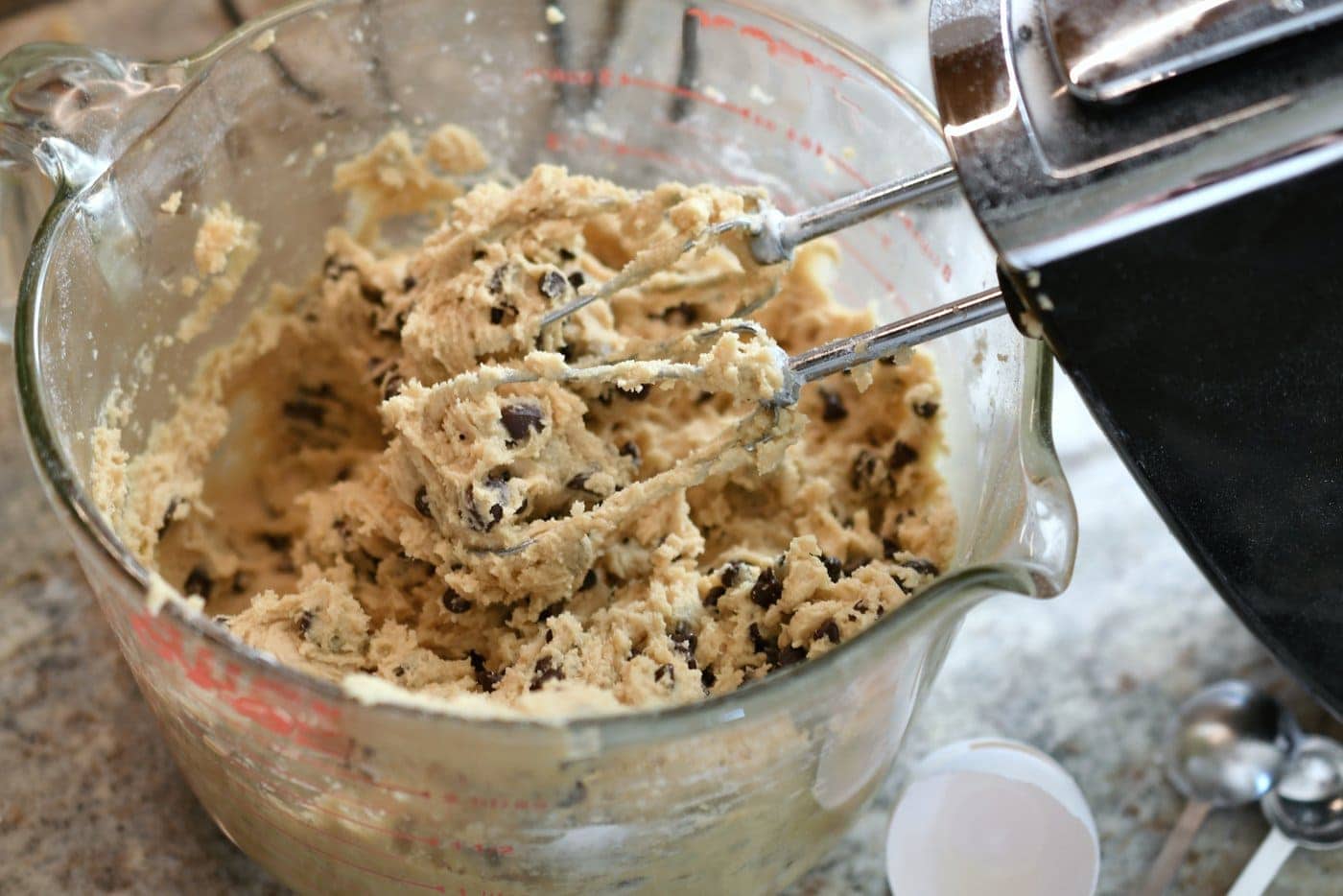
Cookie dough: Also watch out for raw flour
Now, here’s where things get really annoying. It once was that cookie dough lovers could find salvation in those commercial ready-to-cook doughs (such as Pillsbury, Nestle Toll House and store brands)… but that’s history.
In 2009, several cases of E coli were linked directly to store-bought raw cookie dough, which led to a recall of 3.6 million packages of the dough. The culprit, in this case, is suspected to be the flour.
How could the flour be infected? There was probably one large batch of flour that was contaminated, and that was enough to taint millions of wannabe cookies. (E coli is usually spread via contact with animals — especially animal feces. Nom nom.)
Karen Neil, MD, MSPH, at the Centers for Disease Control and Prevention noted that “flour does not ordinarily undergo a ‘kill step’ to kill pathogens that may be present, unlike the other ingredients in the cookie dough, like the pasteurized eggs, molasses, sugar, baking soda, and margarine.” (See an abstract of their results here.)
When the cookies were properly baked, however, they posed no food poisoning risk.
The bottom line is that every time you lick the batter from the mixing spoon or eat a chunk of raw cookie dough, you’re taking a gamble that you spend all night on the bathroom floor worshiping the porcelain goddess in trade for that little taste.
And if you’re in charge of the dough and someone who’s pregnant, very old, very young, or immune-compromised wants a nibble, you need to consider the risk from e coli and salmonella — which could be a lot worse than a really bad night of vomiting.
But there’s good news! Products like name-brand, pre-packaged chocolate chip cookie dough ice cream — like those premium treats made by Ben & Jerry’s or Haagen Dazs — is actually safe, because they specially heat-treat the flour and pasteurize the eggs used in the batter.
The other good news is that cookie dough tastes good after it’s baked, too. (Psst: You can get some old-school cookie recipes here.) No, they’re not quite the same as that gooey batter, but delicious nonetheless.

